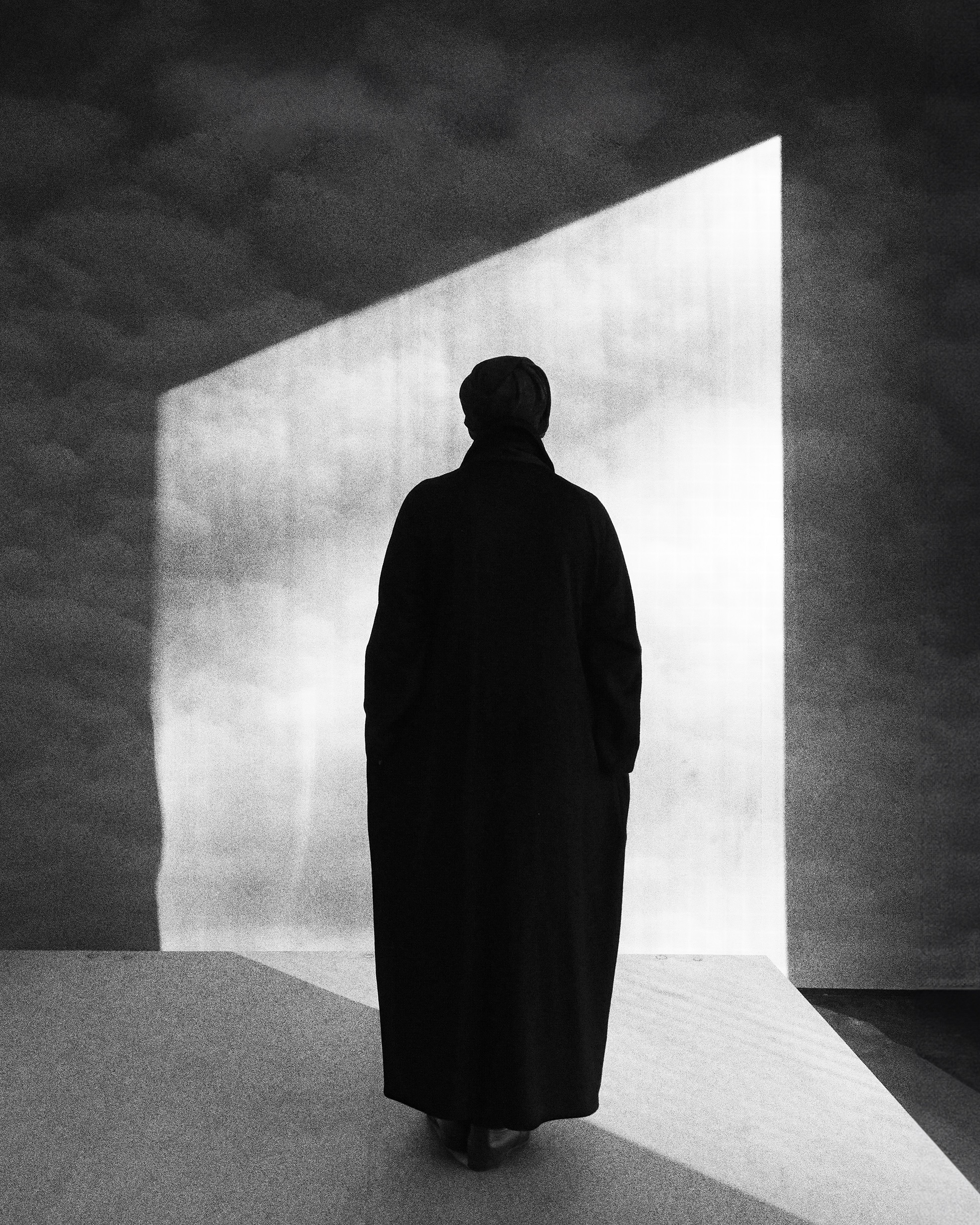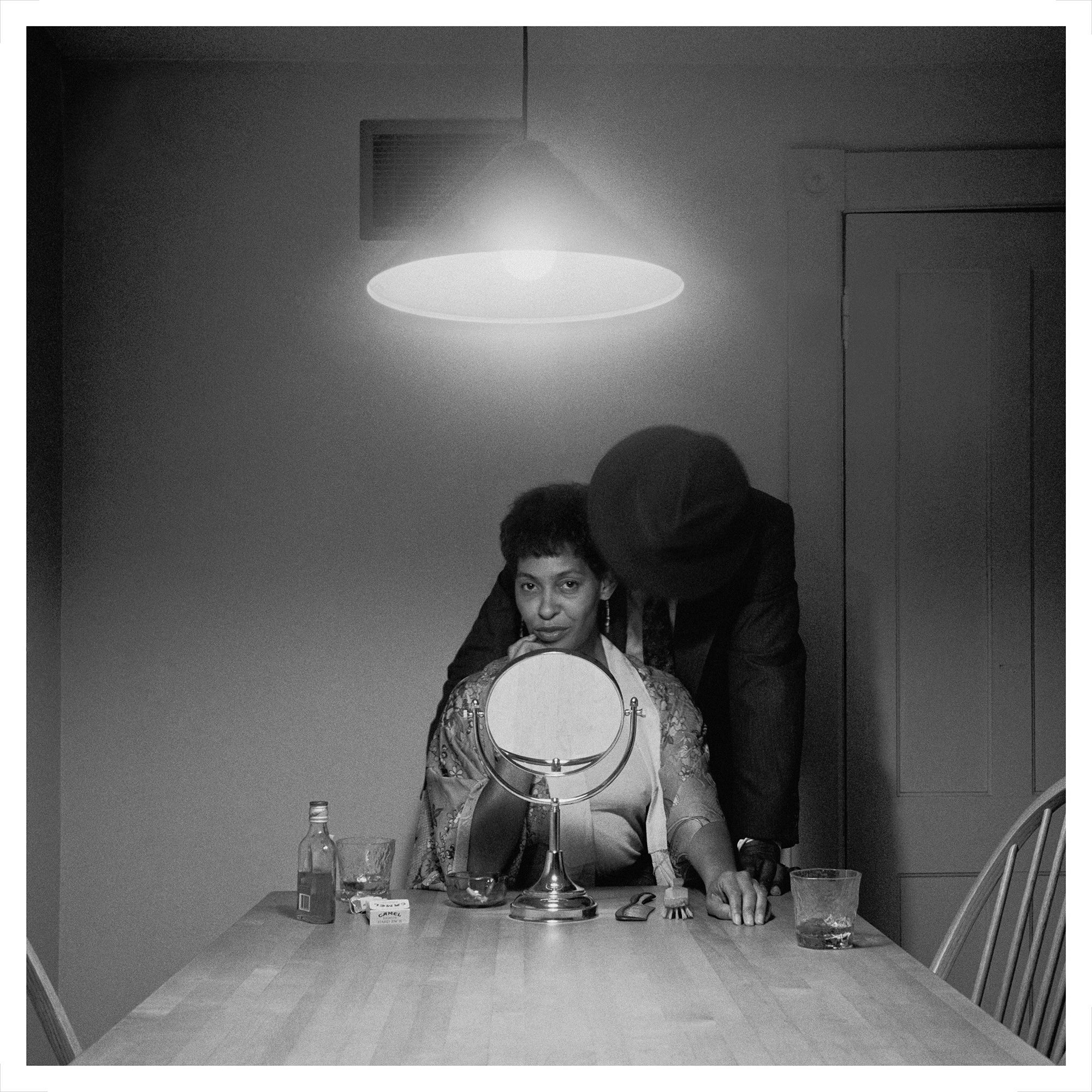Carrie Mae Weems, Untitled (Man and mirror), 1990; from the series Kitchen Table
Carrie Mae Weems is an iconic figure and yet, argues a new retrospective in Turin, there is still much more to say about the universality and magic of her extensive body of work
Carrie Mae Weems is a monumental figure in contemporary art. The lens-based “oracle” has coursed a practice spanning four decades, countless exhibitions and unparalleled influence. When Black photographers speak about early inspirations, Weems is often up there with Roy DeCarava, Ernest Cole and Gordon Parks. In many ways she needs no introduction, but happily, Weems is receiving her just rewards while she is still making. Weems looks into our collective histories and constructions of gender, race, family, nationality; her works are counter-hegemonic responses, new ways of seeing and living. This year marks the 35th anniversary of the influential Kitchen Table series.
“Carrie has a heart of gold,” Sarah Meister, executive director of Aperture and former MoMA curator, tells me. “What hasn’t been said about Carrie Mae Weems?” In just over the last decade, Weems has showcased retrospectives at the Guggenheim, Barbican, Frist Art Museum, and Wuerttemberg Art Association Stuttgart. Yet, Meister argues there is more to be said, more to uncover – new ways of seeing to be unlocked. The resulting exhibition, part of the second Exposed photography festival in Turin, is an attempt at an answer. In Italy, Meister reaches for new gems, bringing concepts to the surface that have perhaps been relegated, forgotten, or unprioritised in the past. The title gets right to it: Carrie Mae Weems: The Heart of the Matter.
Everyone is welcome in Weems’ work; her photography feels like the blues, like jazz. She riffs on the world she finds herself within, marking undeniable signs and symbols which evidence hypocrisy, injustice, violence, family and love. Her work is theatrical, the artist centre stage as we all look on from different seats. No two onlookers see the same thing, yet the universality of her practice makes it impossible to look away. Meister, a “recovering curator”, wanted to produce an exhibition and book of “lasting value”, something that stakes a claim in Weems’ expansive – though still not expansive enough – canon.
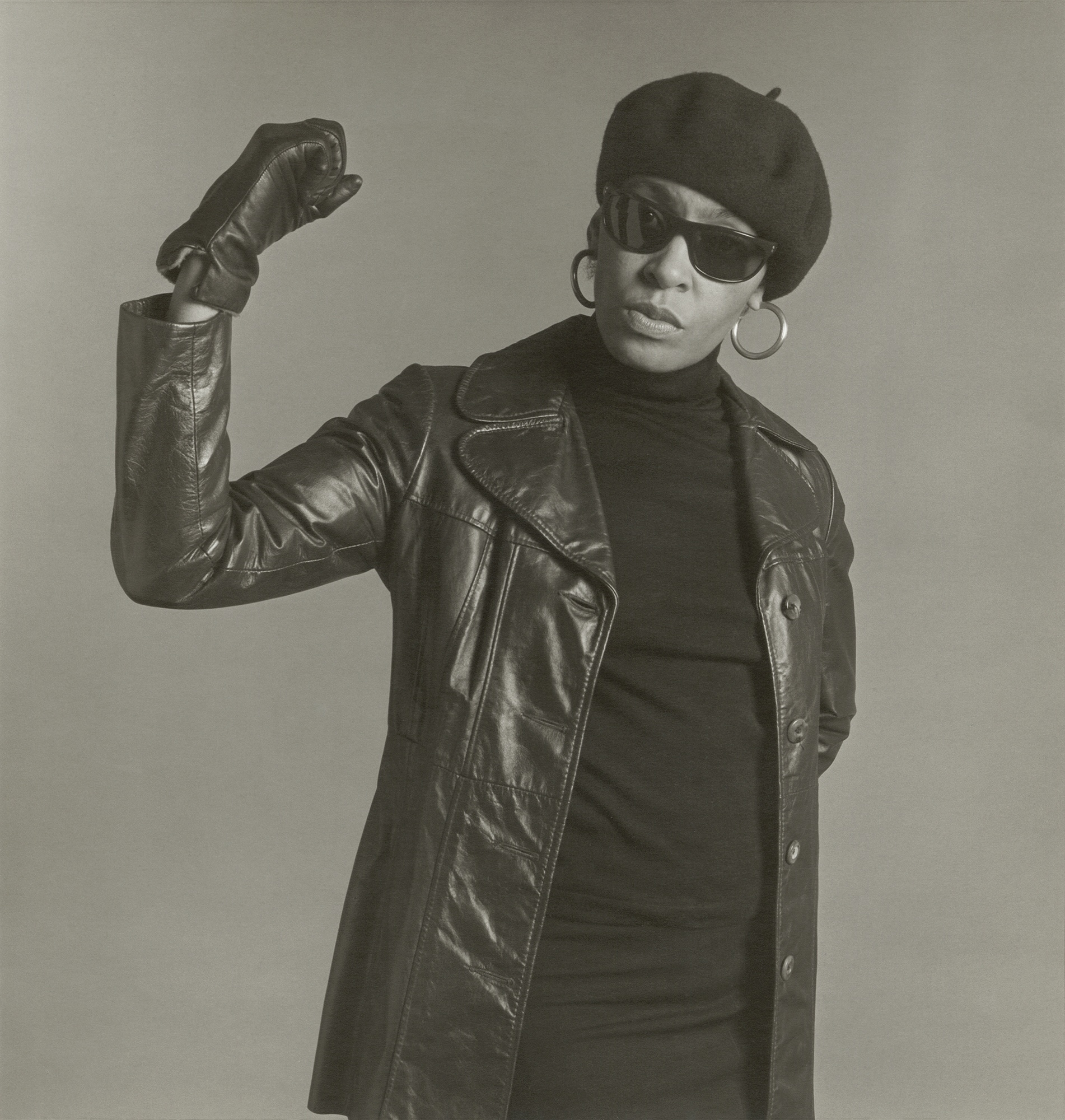
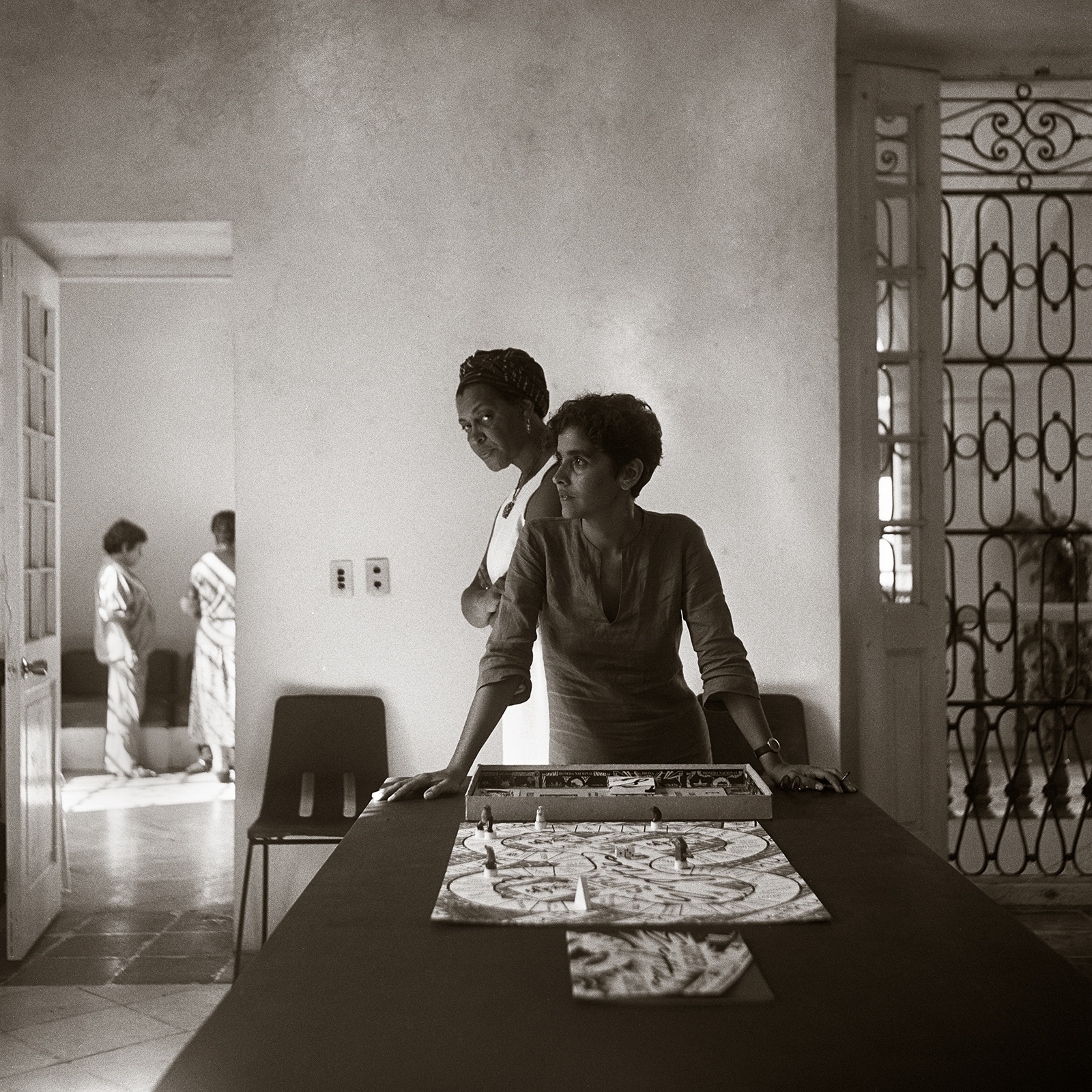
“I think there has been some reluctance to touch the mystery of magic of Carrie”
The subtext here taps into concerns Weems often refers to: a flattening of her oeuvre as exclusively Black art. She is equally concerned with notions of gender, gender dynamics, epistemology and collective memory, state violence, history, faith, bodies, place, ownership and rights. This is of course all channelled through her lived experience as an African American woman, yet one feels a tension when Weems, or her illusive, often-faceless ‘muse’ (played by the photographer herself) is seen as a metaphor for just – or nothing but – the Black experience.
One gets the feeling that this muse, described by Weems as a “witness, an agent, a being”, is a universal avatar, one representing all women, all people. Yet critics, scholars and curators tend to hone in on the melanin, failing to see the muse for all she is – a “stand-in for other possibilities”, as the artist describes her. It goes without saying that Weems is Black and proud, yet this conundrum begs a question, why the Black body, and artist, is restricted to only relay meditations of Blackness, while the white artist can dabble in a non-centralised intersectionality. Why can’t a Black woman represent us all?
Through the exhibition, this seems to be Meister’s concern. Weems is not one of the most important Black American women artists of our time, it argues, she is one of the most important artists. “It emerged from the possibility of putting Carrie herself, her physical likeness, her voice, her family history, her spiritual journeys… putting these at the centre was both a way of considering her career in a way that hadn’t happened before, and touching on a lot of incredibly important work made across it,” says Meister. “I don’t want to throw shade on other curatorial colleagues, but I think there has been some reluctance to touch the mystery of magic of Carrie.”
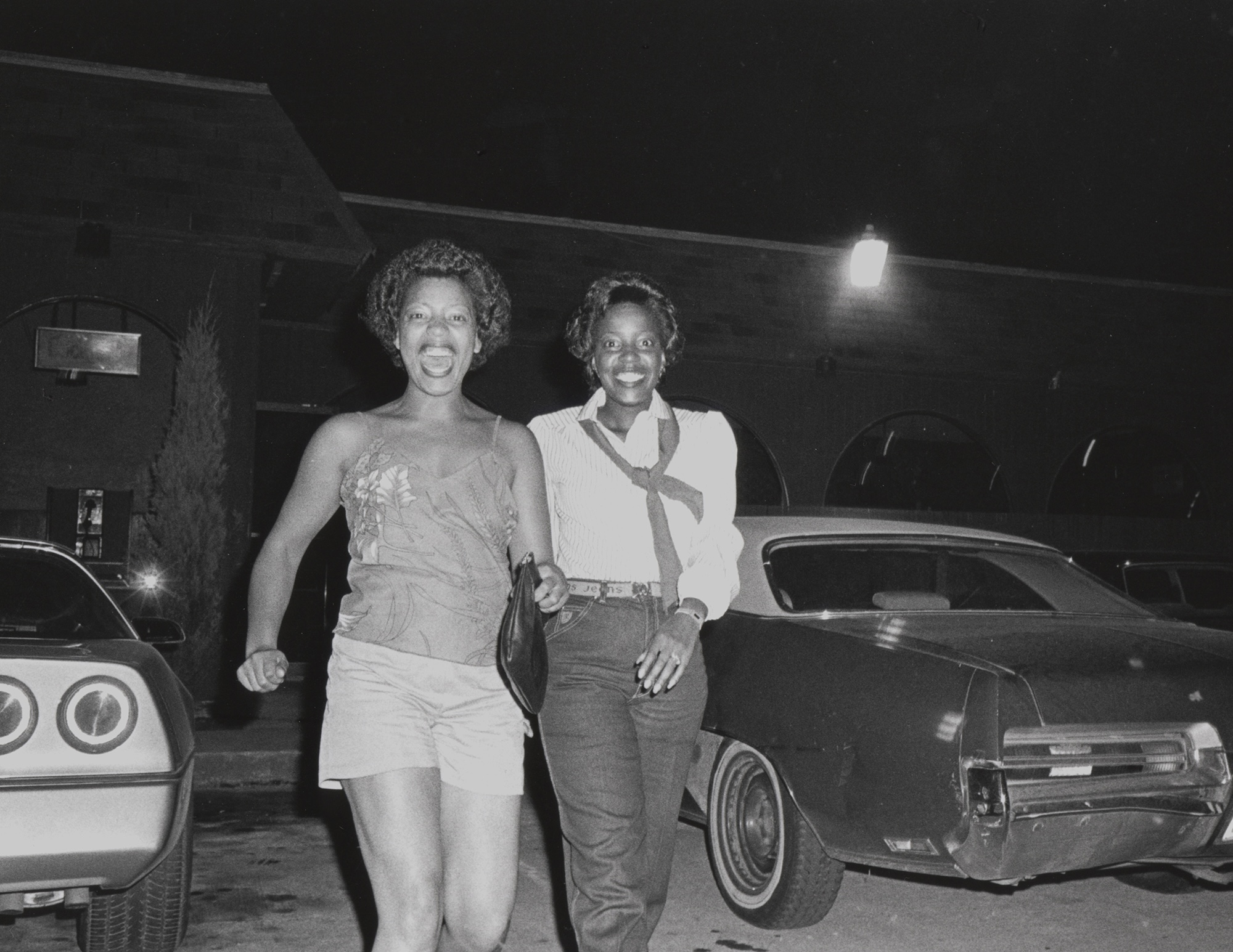
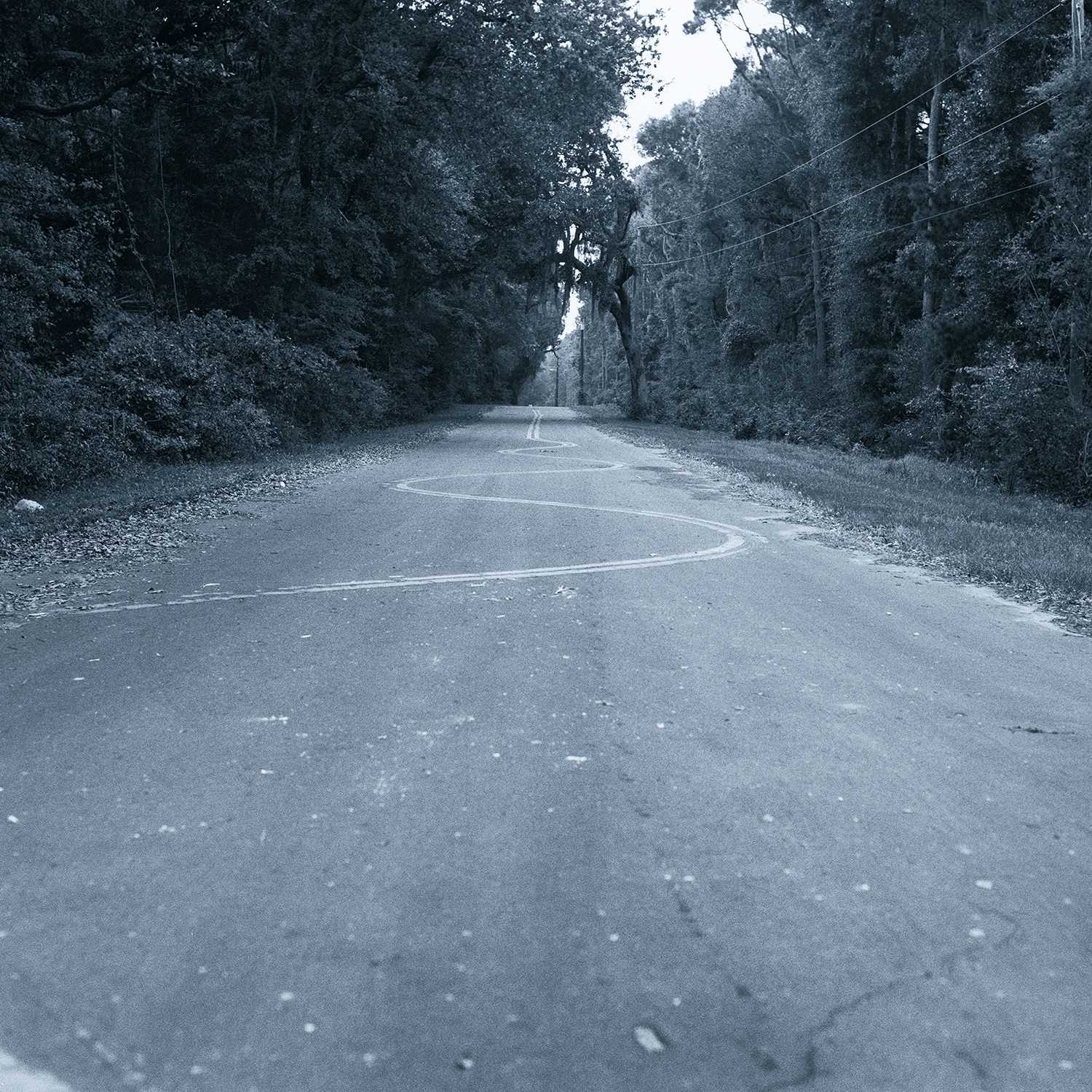
The Heart of the Matter sprawls across the labyrinthine underbelly of the Gallerie d’Italia, an impressive space now housing five chapters of Weems’ expansive career. Including works such as Roam, Leave Now! and the iconic Kitchen Table series, Weems also showcases new work. In Preach, the artist turns her documentary-adjacent lens on her church community in Syracuse, NY. Preach is spiritual, ecstatic and jubilant; Weems traces the short walk from Black American Church life to the struggle for civil rights and Black emancipation. “Dr King and Malcolm X both began in the Black Church,” she says. “The Black Church and the civil rights movement grew out of one another. There wouldn’t have been a movement without the Church.” The magic Meister mentions is afoot.
A lot has been said about Carrie Mae Weems, but that is not to imply that more cannot – should not – be said. Reflecting on the exhibition, practice and intent, Weems knows what drives her: “Hope. Hope and hunger. And mystery.” Both Meister and Weems hope that at The Heart of the Matter, audiences will see Weems, and her muse, as a universal being. Her body, and by extent body of work, can and should be read as a default, an ambassador for humanity, and not only for the other, the subaltern, the minority. At the heart of the show, Meister and Weems stake that exact claim. Or, as Weems surmises: “We are all human. We are all crawling towards ourselves. Every day we crawl towards humanity, life, new ways of being.”
